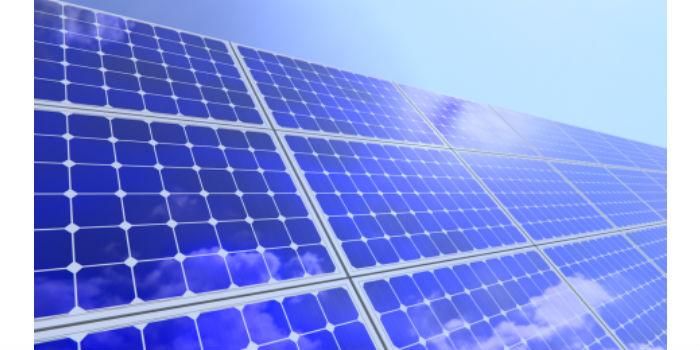 Mexico/Peru. Students from the engineering area of the Universidad del Valle de México (UVM) and the Universidad Privada del Norte Campus Cajamarca in Peru, developed the project Application of solar energy in cooling systems and power generation for universities, which represents an advance in the purpose of innovating alternatives to generate renewable energy, achieve savings and raise awareness among students about clean technologies.
Mexico/Peru. Students from the engineering area of the Universidad del Valle de México (UVM) and the Universidad Privada del Norte Campus Cajamarca in Peru, developed the project Application of solar energy in cooling systems and power generation for universities, which represents an advance in the purpose of innovating alternatives to generate renewable energy, achieve savings and raise awareness among students about clean technologies.
The project is designed to supply and control the cooling systems of the different environments of the universities, such as information centers, libraries, newspaper libraries, classrooms, offices and service areas such as cafeterias and even health services, which would achieve greater comfort and reduction of electricity costs in higher education institutions.
This system produces the generation of electrical energy from photovoltaic cells captured in a ventilation system, using an LM 35 temperature control microprocessor (the microprocessor is a sensor that indicates when a cooling equipment initiates temperature-related activity) and LCD screen.
The project, developed in an international multidisciplinary manner, under the direction of academics Yamil Zenefelder Minez Cuba (UPN-Peru) and Jorge Ojeda Mejía (UVM-Mexico), consists of photovoltaic cells capturing radiation by means of photons, which make contact with one of the NP sheets (Photovoltaic Cells). Professor Ojeda explained that the energy provided breaks bonds and forms new electron-hole pairs, a process of excitation and release of electrons, proportionally, the more photons it receives, the more electrons it releases, generating electric current.
The energy obtained, says the UVM Campus San Rafael professor, enters through the system of capacitors, which feed the entire system; the sensors capture the ambient temperature in volts and are received by the microcontroller 16F877A in millivolts (measure of electrical voltage that is equal to one thousandth of a volt), transforming them into °C; the information is read by a 16X2 LCD screen connected to the Pic (a PIC is a programmable integrated circuit: Programmable Integrated Circuit).
If the temperature exceeds 25 °C, the red LED lights up and the ventilation system is activated; when the temperature drops the cooler automatically turns off, fulfilling the function of regulating the temperature in an environment within the universities interested in including this cooling system.
The project Application of solar energy in cooling systems and power generation for universities, tests were made to check its operation, for this a voltmeter was used; on a sunny day, the volts that were received reached 7 volts. Depending on the ambient temperature, it can power the entire system, while, on a very cloudy afternoon, the measurement only reached 3.5 volts.
In addition to the teachers already described, the students of the UVM Campus San Rafael, Mexico also participated in the project: Yulissa Adeli Calderón Figueroa; Karla Nayeli López Méndez; Rodrigo Leal Muro and Daniela Colín Zamudio and on behalf of the Universidad Privada del Norte Campus Cajamarca of Peru, Chris Andersson Auccahuaque Mariñas; Rayza Dayani Goicochea Quiroz, Evelyn Nashayka Soto Medina, Cinthia Imelda Vargas Herrera; Mirtha Janneth Roman Barrios; Howar Jhon Lozada Torres; Gilmer Manuel Angosto Jimenez; Ana Lesly Rojas Chacón; Leyla Melita Quiroz Abanto; Silvia Yuliana Orrillo Carranza.
Finally, Professor Jorge Mejía commented that it is very important to develop this type of projects proposing the use of renewable energies due to the excessive use of fossil fuels and the scarcity of natural resources for the generation of energy, which generates high levels of pollution and has a high cost. "That is why at UVM Campus San Rafael, in the area of Engineering, we work in multidisciplinary groups with universities of the Laureate Network, with the aim of integrating academics and students into a global network, which generates tangible benefits to society through this type of proposals and contribution to the development of students in the university community".
Source: Universidad del Valle de México.














